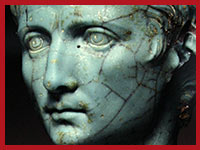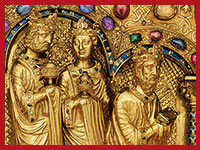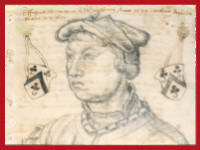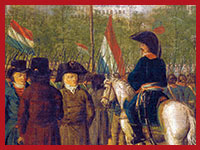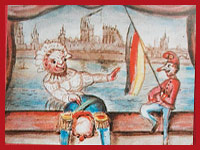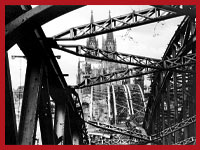The History of the city of Cologne in 13 volumes
Edited by the Historische Gesellschaft Köln
In the course of its 2000-year history, the city of Cologne became an imperial city, a modern, Rhenish, Prussian and European metropolis and the intersection of important traffic routes. It was an imperial city of the Roman emperors and of the Holy Roman Empire, a Reichsstadt, a Prussian and modern European city. It was inhabited by people who came from near and far and became Cologne residents with a special attitude towards life. Striking buildings and museums full of pictures and sculptures, everyday objects and treasures tell of the history of Cologne and its inhabitants.
Since the 19th century, the history of Cologne has been researched and presented according to modern scientific standards. But because of the large time frame and the abundance of sources, a comprehensive presentation as well for scholarly as for broader audiences was never launched. Finally, in 1995, committed citizens founded the “Historische Gesellschaft Köln e. V.”. Lord Mayor Henriette Reker is President of the society since October 2015 and has taken over this function from her predecessors. The Chairman of the Historical Society is Professor Dr. Jürgen Wilhelm as successor to founding member Dr. Winfried Hamelbeck. The society finances, organizes and coordinates the publication of the Cologne city history, which is arranged chronologically and comprises 13 volumes from Roman times to the post-war period. Nine of the total of 13 volumes are now available, published by Greven Verlag in Cologne. The first two volumes (Werner Eck, Cologne in Roman times and Klaus Müller, Cologne from French to Prussian rule) were edited by Hugo Stehkämper, the former head of the historical archive of the city of Cologne. From 2007 Werner Eck took over the editing.
All volumes are richly illustrated. Finds from the history of Cologne photography are complemented by recent images. In addition to historical photos of numerous sacred and secular buildings, there are images and facsimiles of everyday objects, documents and works of art relevant to history. They illustrate and supplement the historiography from chapter to chapter and bring to life how the people of Cologne perceived their surroundings in the past and how the city has changed over time. The Cologne City Museum, whose collections keep the history of Cologne alive, contributed many objects as well as old maps, city views and models.
We owe a large part of the pictures to photographers from the Rheinisches Bildarchiv. Since the city of Cologne has the rights to their photos, the selected images can be shown in the image database “Kulturelles Erbe Köln”. Based on the structure of the book series, you will find a separate, self-contained cosmos of images for each epoch. From here, you can browse the entire image database for more images and expand the experience based on the books. The timeline is particularly suitable for narrowing down the database hits, which you can access via the “Object dating” entry in the filter menu on the left.
